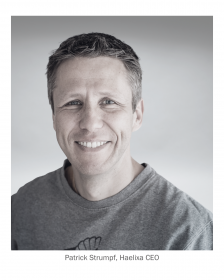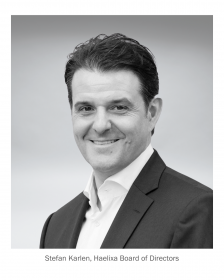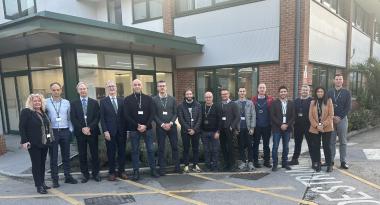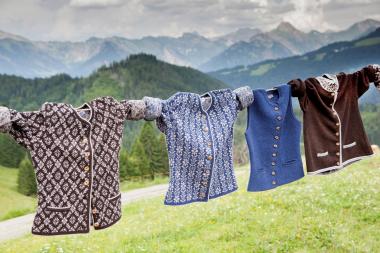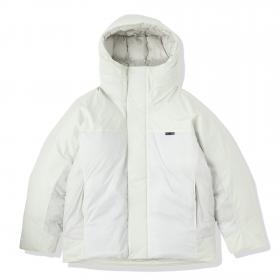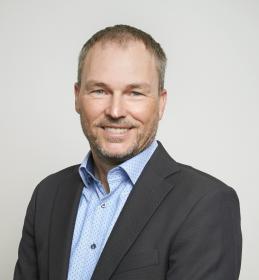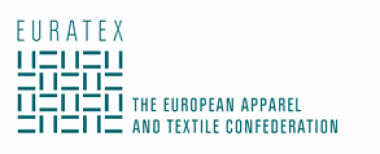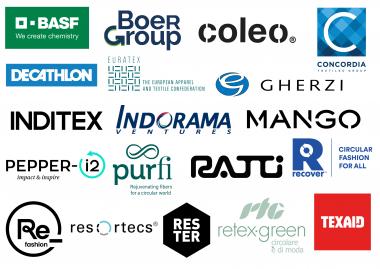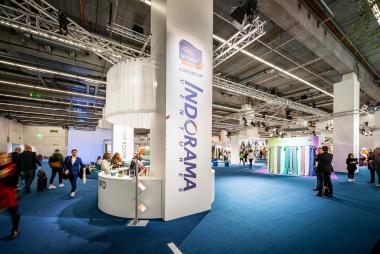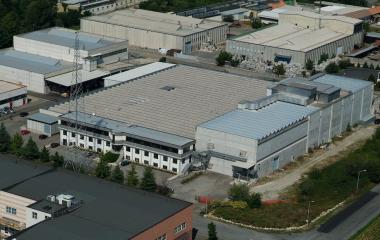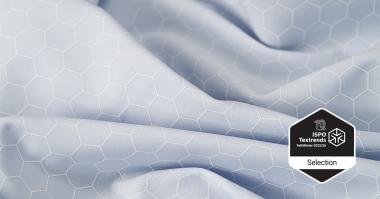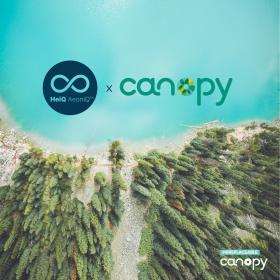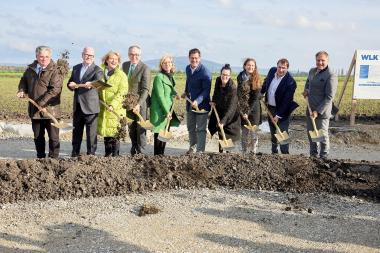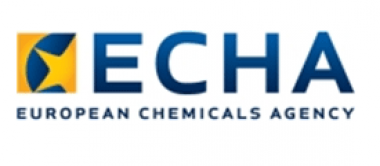Haelixa: new CEO and new member to Board of Directors
Haelixa, a provider of physical traceability solutions, announceed the appointment of a new CEO, Patrick Strumpf, and the addition of Stefan Karlen to the Board of Directors. These positions shall mark a significant step in Haelixa’s mission to advance the growth of supply chain transparency solutions and drive positive change in the industry.
Patrick Strumpf joins Haelixa as its new CEO; he has over 20 years of experience building and scaling up businesses. Thanks to his strong entrepreneurial background, he has excelled in various manufacturing, distribution, and retail roles. Strumpf’s proven leadership, commercial acumen and strong customer focus will ensure the company keeps pushing its boundaries and attains even greater heights of success. “I am excited about the Haelixa traceability solution. It sets the highest standards and delivers outstanding advantages to brands and manufacturers who position themselves as innovation leaders, especially regarding compliance and credibility issues.”
Stefan Karlen joins Haelixa’s Board of Directors; he brings over 30 years of experience in the supply chain industry, having served as the Group CEO of Panalpina, one of the world’s leading freight forwarding and logistics companies. With his deep understanding of global supply chains and expertise in building solid teams, Karlen will provide valuable insights to Haelixa’s Board of Directors. His track record of driving innovation is instrumental in shaping the company’s strategic direction. “I am passionate about environmental responsibility and bringing positive change”, said Karlen. He added, “I identify with Haelixa’s values and am excited to leverage my skills to a company that prioritises sustainability and integrity.”


